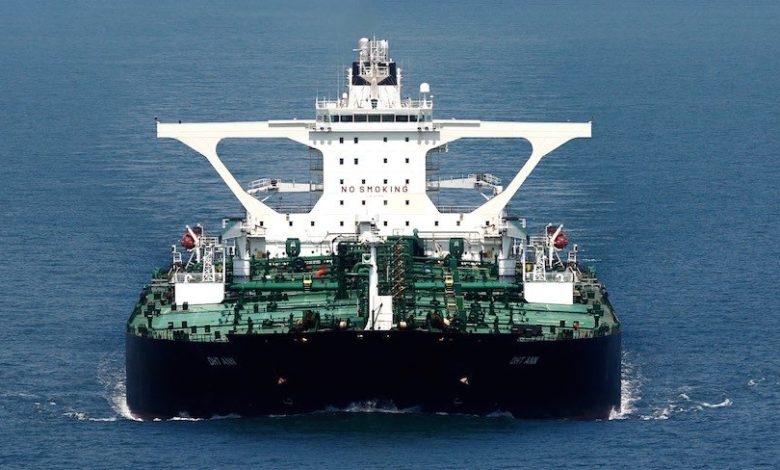VLCC spillover anticipated in another hectic week of tanker trading

Brokers are watching today to see whether the VLCC spike will cascade down to other tanker segments and if the huge volume of ships taken on subs last week materialise into done deals at record figures.
Cleaves Securities described the 728% weekly improvement in VLCCs as “mindboggling” in its latest report.
“Other crude oil vessel classes are also posting incredible gains, and we believe this will cascade down to product tankers,” Cleaves suggested, adding that unlike last autumn many of the ships taken by the Saudis in recent days might actually stick.
“Many might recall October 2019, when VLCC spot rates surpassed $300k/d for a very brief moment, but the few fixtures concluded around that level failed to lift subs. This time, it seems more sustainable backed by a massive increase in cargo flow while fleet supply is falling through storage employment and slow-steaming incentives from the crude oil price curve contango. It is challenging to conclude on where this market could peak, but after an initial upsurge in refinery margins from the lower input price of crude oil, the boom in oil tanker spot rates and other impacts have seen refinery margins return to initial levels. This could indicate that we are close to peak levels for VLCC spot rates, rates which are almost unbelievably high at around 10x cash break-even,” Cleaves noted in its latest weekly report published over the weekend.
Poten & Partners concentrated on where all these newly fixed supertankers are likely heading in its most recent weekly report.
“[T]he intended destination of the vessels also catches the eye,” Poten observed. According to its own data, 10 of the 25 VLCCs booked are destined for the US Gulf, while four are going west, most likely to Europe. Another 10 VLCCs are fixed to discharge at Ain Sukhna, the entry point of the Sumed pipeline, which transports crude oil through Egypt from the Red Sea to the Mediterranean. This crude will most likely end up in Europe.
“None of the spot VLCCs have been fixed to Eastern destinations. This is a clear sign that the Saudi’s are targeting Western clients with additional volumes, in direct competition with Russia. So far, our sources indicate that 11 of the 25 vessels have been confirmed, while the other 14 remain on subjects,” Poten stated.
It is not only the Saudis who have increased fixing activity. Other charterers have also taken in more VLCCs. Poten records indicate 92 fixtures last week. The average number of VLCC fixtures per week for 2020 year-to-date is about 50, which is similar to the weekly averages in recent years.
“It is unlikely that this high level of fixing will be maintained in the coming weeks, because global oil demand remains still quite dire,” Poten warned.
Tanker brokers Gibson used its own Gibson World Oil Supply / Demand model to highlight that in Q2, there is the real possibility of 4.9m b/d of surplus oil production, if Saudi and UAE continue production at elevated levels.
“If these production levels are maintained for the balance of the year, a staggering 3.7 million b/d surplus could build, although it seems inconceivable that such a scenario could be sustained,” Gibson noted.
Gibson reckons that based on current contango levels to make floating storage viable a VLCC will require up to maximum of $72, 000 a day for a three-month timecharter. However, last week rates on the TD3C leapt to around a quarter of a million dollars a day, meaning that at current rate levels freight is too high to justify floating storage play.
“Potentially there could be a time when storage rates and the contango converge,” Gibson suggested.
The London brokerage also mooted the growing possibility of a move on floating storage for products.
“With the US now banning flights from mainland Europe, demand for jet fuel is bound to decline further. Demand for jet fuel for Transatlantic flights is estimated to fall by 600k b/d, in addition to collapsing jet fuel demand globally. Product inventories, like crude, have a potential to fill promptly to the brim, spilling the excess into tankers, if the contango structure becomes steep enough,” Gibson stated in its latest weekly report.
